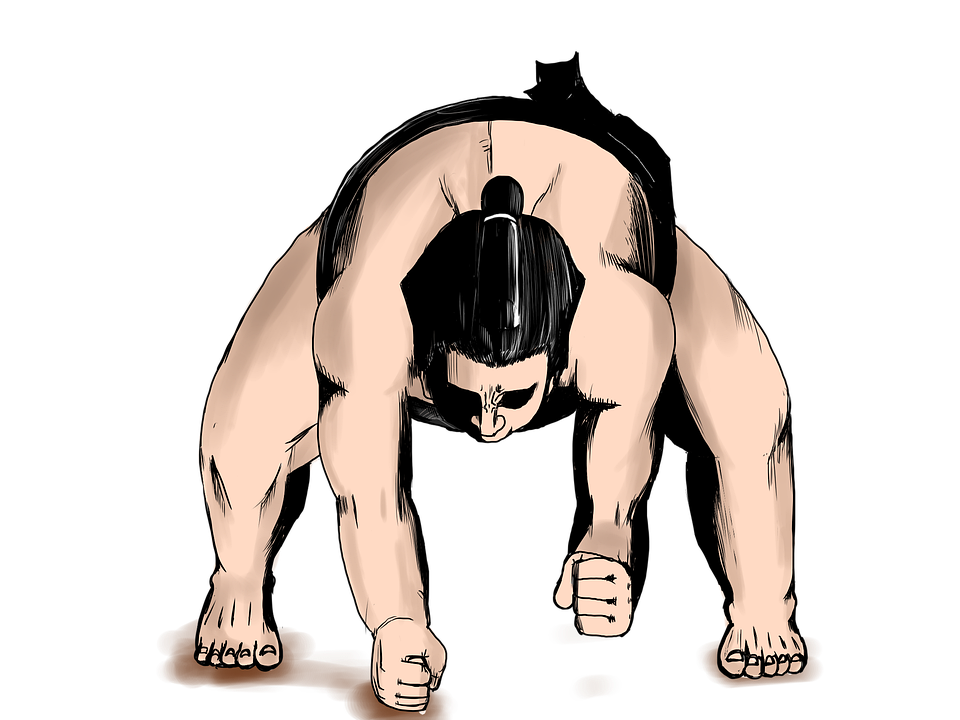How was sumo wrestling invented?
by Ailsa Harvey · 26/11/2019
What are the origins of this heavyweight martial art and how has it evolved over the centuries?

There are certain pastimes that come to define a country. England has cricket and football. America has baseball and basketball. And Japan has sumo.
Dating back some 2,000 years, sumo’s roots are generally believed to lie in the country’s native Shinto religion where ritual dances were a regular feature of prayers and storytelling, as well as a display of strength in court. It was during the Edo period in the 17th century that it became more like the spectator sport we’re familiar with today, though many of its original customs still prevail.
On the face of it, the aim of the game is very simple: either get any part of your opponent (excluding the bottom of their feet) on the ground, or force them entirely out of the ring (called a ‘dohyo’). However, in reality this ancient sport is far more complex than it appears on the surface, laden with symbolism and complicated rules. Indeed, over 70 different techniques can be used to win a match, including lifts, throws, trips and even slaps.
Wrestling bouts tend to only last for seconds, or a few minutes at most, with much more time dedicated to the ritualistic practices like feet stomping and purifying the ring with salt beforehand. The fight is overseen by the gyoji, who is essentially the referee, but also five judges; typically the winner is declared by the gyoji, but if a bout is too close to call, the judges can step in and call a conference – these days accompanied by video replay.
All professional wrestlers (known as rikishi) belong to a sumo ‘stable’, where they not only practise but also live – often from their midteens. Everything the wrestlers do, from how much they train to what they eat and when they sleep is carefully monitored by a stable master. It is a strict lifestyle, but one that offers the chance to earn great rewards for those that persevere through the ranks. As Japan’s national sport it still commands a certain cache, though younger generations are increasingly enjoying other imported sports, including baseball and football.
Around the dohyo: take a closer look at the ring where sumo wrestlers face off

Two white lines at the centre of the dohyo mark where the wrestlers should stand prior to the bout.
The edge of the ring is bordered with rice-straw bales that stand about 7.6cm (3in) proud of the clay dohyo.
The circular platform sits on clay blocks and has a diameter of 4.55m (14.9ft). It is covered with a thin layer of sand.
The roof is similar to a Shinto shrine’s. Azure, black, white and vermilion tassels hang in the corners representing the seasons.
Wrestlers spread salt over the ring and stamp the ground prior to a bout in order to rid the dohyo of evil spirits.
This article was originally published in How It Works issue 57
For more science and technology articles, pick up the latest copy of How It Works from all good retailers or from our website now. If you have a tablet or smartphone, you can also download the digital version onto your iOS or Android device. To make sure you never miss an issue of How It Works magazine, subscribe today!




